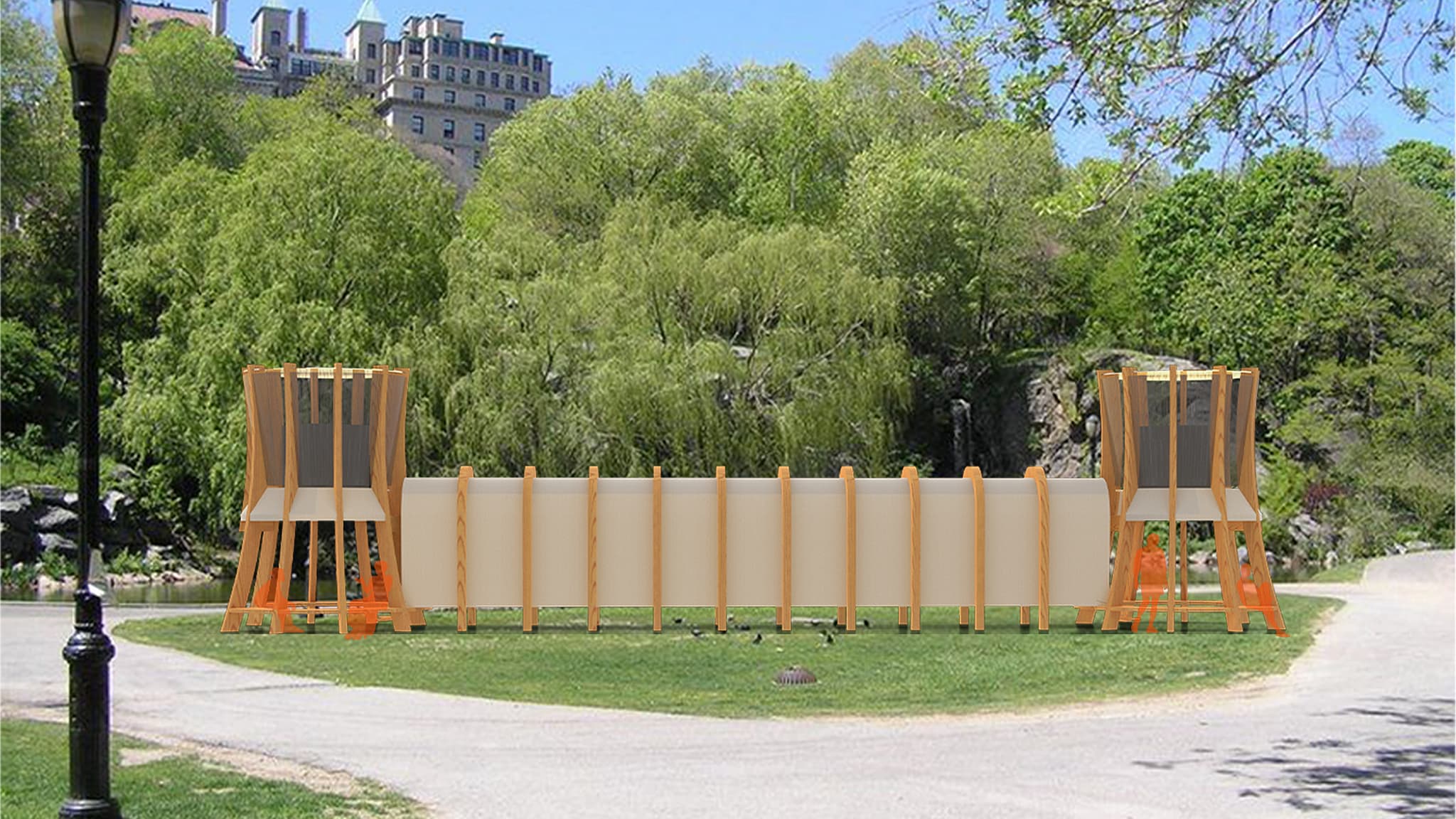Despite the name, it contains no actual reactor, only hands-on exhibits that make nuclear energy approachable, intuitive, and tangible.
Visitors adjust reactor control rods while watching power levels respond, examine real fuel cask materials, deploy energy onto a model grid, and discover career paths in nuclear — all through interactive stations inspired by the world's best science museums.

Why now? The U.S. plans to triple nuclear capacity by 2050, adding reactors in over 100 cities. But while millions see wind turbines and solar panels daily, nuclear remains invisible and misunderstood. We're bridging that gap by bringing nuclear science directly to state fairs, college campuses, and music festivals — meeting people where they already gather.
The experience: Seven exhibit stations with working models and real materials explore reactor mechanics, safety systems, spent fuel storage, and grid integration. Video interviews showcase diverse nuclear careers. A companion app connects visitors to training programs and job opportunities.
The mission: Transform abstract nuclear concepts into physical experiences. Build intuitions. Spark careers. Create the public understanding needed for America's clean energy future.
Prototype launch: 2027. Currently seeking partners and advisors.
Sign up to receive our quarterly updates.
Some common questions:
Nuclear energy has one of the strongest safety records in electricity production. Modern plants have extensive safety systems and careful oversight. The technology maintains clean air and water, with remarkably few health impacts for the amount of energy generated.
Nuclear power generates significant electricity while keeping our air pristine and watersheds healthy. A single plant can power hundreds of thousands of homes while requiring minimal land use. This helps preserve natural spaces while ensuring communities have reliable power.
Nuclear energy offers distinct advantages. The plants operate reliably 24/7 and generate significant power in a compact footprint - a single facility can power about 850,000 homes. Modern nuclear plants typically operate for 60-80 years, and with advances in factory fabrication they're becoming one of the most cost-effective ways to generate electricity over their lifetimes.
We don't actually travel with a real reactor, but we do bring nuclear energy education directly to communities across the country.
Drawing inspiration from similar in-person programs in the '50s, '60s, and '70s, the Roving Reactor lets visitors develop their own intuitions through hands-on stations that each explore a different aspect of nuclear energy.
The timing is right: Public support has reached 56% of Americans and continues to rise, with communities increasingly open to nuclear power to meet their energy needs. Yet, lack of understanding still breeds mistrust. The nuclear energy community will need to make its case thoughtfully — and in person.